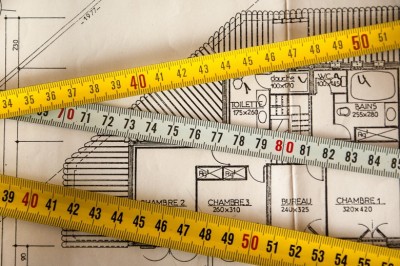The Growing Popularity of the Tango
Originating in the working class suburbs of Argentina and Uruguay, the tango has gathered fame from all parts of the globe. When it comes to tango music there are many different dance variations including Argentine tango, Ballroom tango and Finnish tango, but the Argentine tango is considered to be the closest to the original.
The tango is a fusion of several different cultural music styles which were present in South America in the later part of the 19th century. Taking notes from the Cuban Habanera, African tribal rhythms and the Uruguayan Milonga, the tango is one of the most unique dance styles in the world.
Buenos Aires, the city considered to have the most influence on the dance, was a city very economically poor at this time. While the dance was initially rejected by the upper classes, it gained huge popularity among the lower class men of Buenos Aires.
As the immigrants gradually left Buenos Aires and returned home, the appreciation of the tango began to spread across the world. By the early 1900s the tango had made it into upper class Paris, and from here it quickly gained mainstream acceptance around the world. In fact, once it had become fashionable in Paris then it soon became popular in upper class Buenos Aires where it had once been rejected.
While the tango gained popularity around the world, its success was soon dampened by the effects of World War One. With money and thought concentrated on the war at the time, tango once again disappeared into the underground; however, on this occasion it brought with it a following from all classes.
Although the growth of tango saw a greater worldwide acceptance, many of the original pioneers of the dance and even their children were quick to shun the dance. Claiming it had moved away from its roots and was now just a fashionable trend, many of those who had reverently promoted the dance were now opposed to it.
The tango had indeed become a trend within high society and as quickly as it rose to popularity, it soon fell out of favour. Unfortunately by this time many of the lower classes had turned their back on the dance and this led to a huge decline in advocates for the once popular South American dance.
It took a recession in Argentina and the worldwide economic depression of the 1930s to bring back the tango. Although initially many believed that the tango had strayed too far from its roots to recover, the Argentine recession repainted the scene in which the tango was born. Now, once again tango music appreciation was in full swing.
Since then tango has continued to dip in and out of mainstream popularity, and is once again making a large comeback - tango classes and even tango parties are growing in popularity. In fact, the increasing number of flights to South America and the growth of modern tango music suggest the tango could once again be staging itself for an international comeback.
Jamie Rigwell writes for a digital marketing agency. This article has been commissioned by a client of said agency. This article is not designed to promote, but should be considered professional content.


























